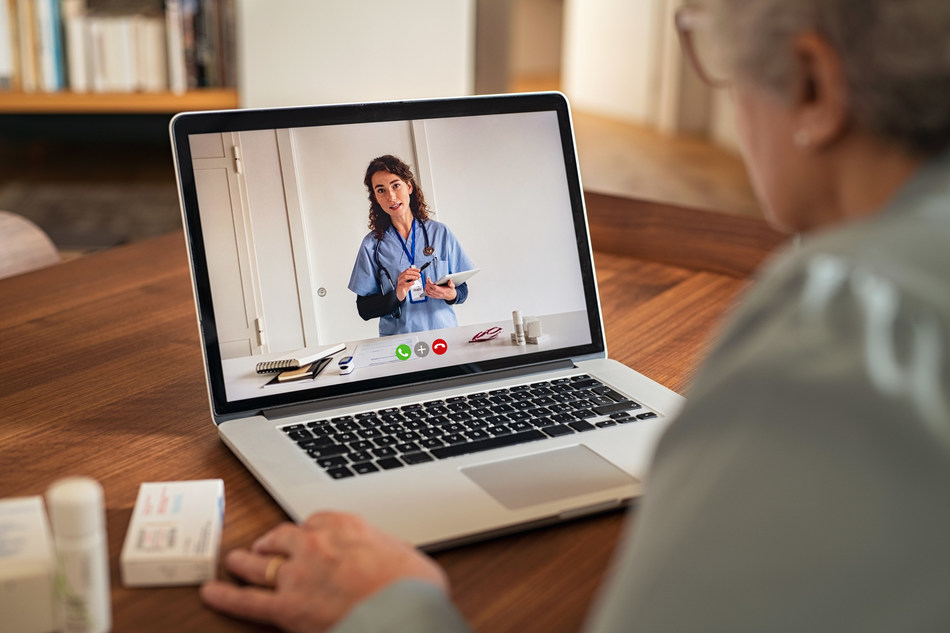On April 19th, President Joe Biden announced that every adult became eligible for their vaccination shots, the most recent sign that we are that much closer to returning to normalcy in our everyday lives. That same day, Chicago Public High Schools reopened for the first time in over a year. As other industries have recently begun to utilize telehealth in their fields, it is time for school systems across the country to do the same.
Obviously, the cost of implementation would be too much for most school systems, so partnerships with outside organizations is key. For example, the Center for Psychiatric Health is partnering with the Southwestern District Health Unit in North Dakota, giving students the ability to speak with physicians located more than three hours away. Partnerships like this help those students in rural areas better access to healthcare, resulting in better attendance rates.
Mental health has become a major area of concern in our youth, especially over the last year of this pandemic, as they are more isolated than ever before. Giving a school nurse the ability to connect a student to trained counselor over video, will not only open the nurse up for other issues that may arise, but more importantly will give the student the professional help they need, that they may not have gotten otherwise.
“School nurses are more effective at triaging who really has the greatest needs for telehealth services,” says Laurie Combe, president of the National Association of School Nurses (NASN). “School nurses have expertise in care coordination for students with chronic health conditions. For rural communities and for impoverished communities, telehealth facilitated by school nurses has great promise to increase access to care.”
Essentially, with the help of telehealth programs, school nurses and teachers will more clearly be able to define whether a student should go home if they are feeling sick. A physician could provide the best advice through telemedicine regarding whether a child needs to stay home and not attend school. All the guesswork is taken out of the equation when a telehealth program is implemented.
The Children’s Health organization in Dallas, Texas implemented a school-based telemedicine program, giving schools various equipment, such as digital scopes, and HD real time videoconferencing, connecting them to a partnering physician. Both parents and teachers have enjoyed the program, as the parents don’t need to miss work for a doctor’s appointment, and the kids are back in the classroom learning sooner.
Since school funding is based on average daily attendance among students, schools benefit financially when telehealth systems are implemented. Additionally, school nurses state that approximately two out of three students who use telehealth would have otherwise ended up at emergency departments or urgent care centers. As such, telemedicine programs save both families and the healthcare industry money. School nurses also report greater professional satisfaction due to the benefits of telehealth.
Telehealth in schools help everyone involved, especially the young students, who are our future.




 Figure 2:
Figure 2: 

 Hello@carexm.com
Hello@carexm.com 866-713-6590
866-713-6590